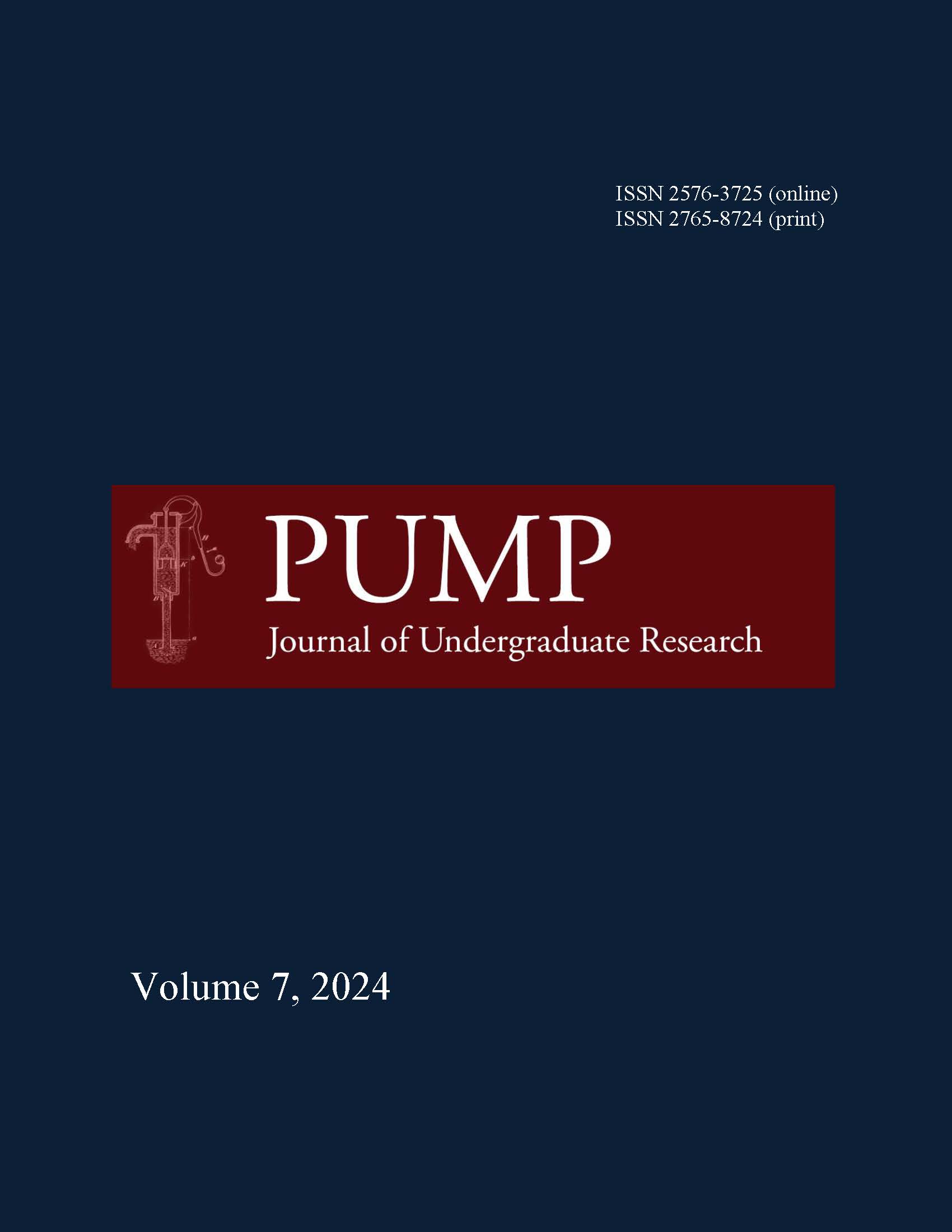v-Palindromes: an Analogy to the Palindromes
DOI:
https://doi.org/10.46787/pump.v7i0.3927Keywords:
v-palindromes; primesAbstract
Around the year 2007, one of the authors, Tsai, accidentally discovered a property of the number 198 he saw on the license plate of a car. Namely, if we take 198 and its reversal 891, which have prime factorizations 198 = 2 · 32 · 11 and 891 = 34 · 11 respectively, and sum the numbers appearing in each factorization getting 2 + 3 + 2 + 11 = 18 and 3 + 4 + 11 = 18, both sums are 18. Such numbers were later named v-palindromes because they can be viewed as an analogy to the usual palindromes. In this article, we introduce the concept of a v-palindrome in base b and prove their existence for infinitely many bases. We also exhibit infinite families of v-palindromes in bases p+1 and p2+1, for each odd prime p. Finally, we collect some conjectures and problems involving v-palindromes.
Downloads
Published
How to Cite
Issue
Section
License
Copyright (c) 2024 Chris Bispels, Muhammet Boran, Steven J. Miller, Eliel Sosis, Daniel Tsai

This work is licensed under a Creative Commons Attribution-NonCommercial 4.0 International License.


